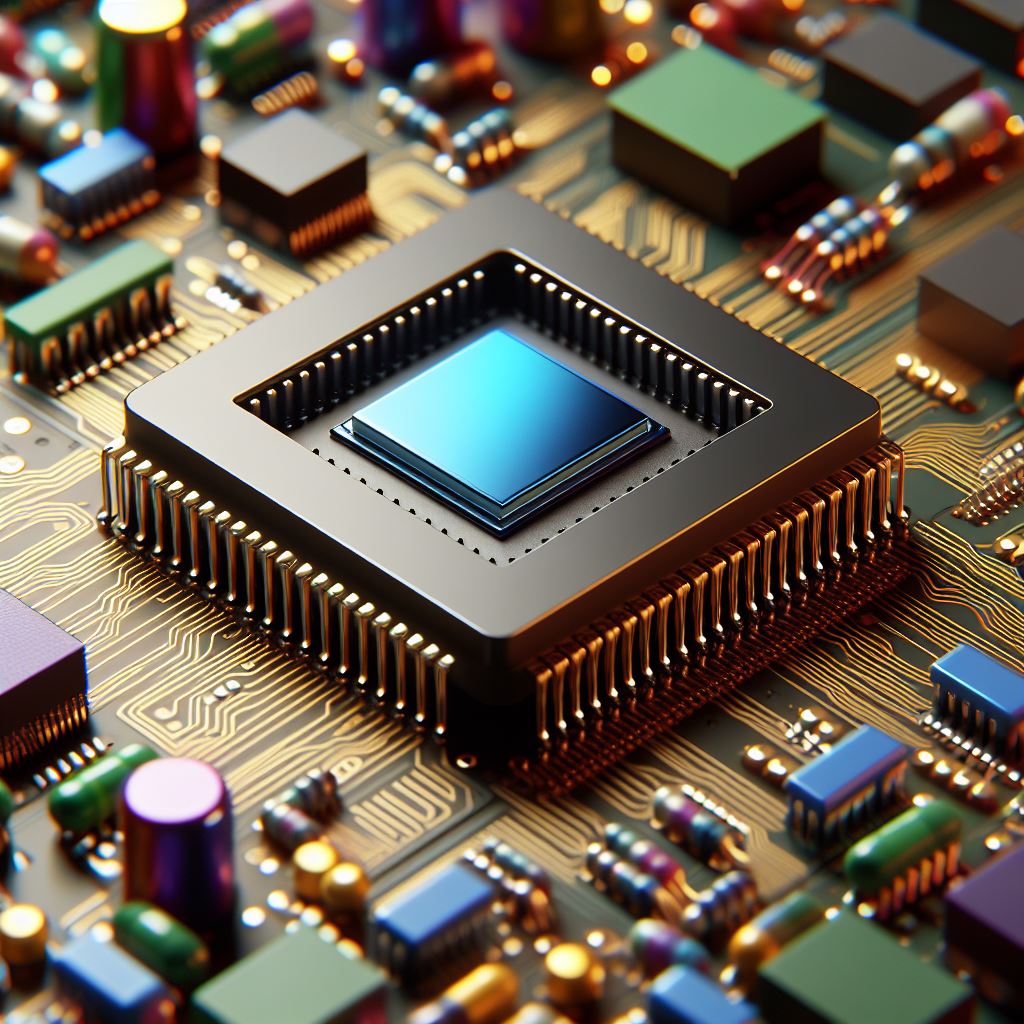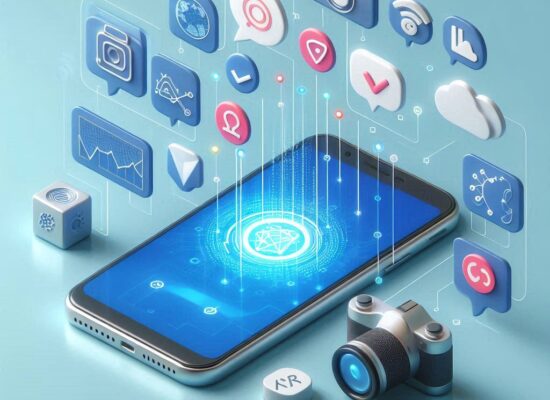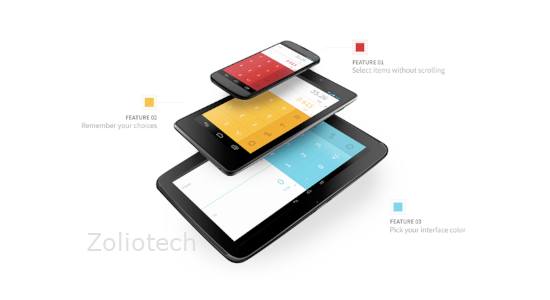
When we say a device is “AI-enabled,” it indicates that it possesses the capacity to efficiently handle tasks involving artificial intelligence. This capability might stem from specialized hardware components, such as chips designed specifically for AI processing, or from tailored features within the operating system.
Hardware aspects
Regarding hardware considerations, advancements are giving rise to new chip designs adept at managing AI tasks. These specialized processing units, known as NPUs (Neural Processing Units), can be likened to the GPU (Graphics Processing Unit) found in contemporary laptops. Reflecting on computing history, early computers relied solely on a single processing unit capable of managing all computational aspects, later termed the CPU (Central Processing Unit). As demands for graphics handling surged with the advent of videos, images, and screen displays, a dedicated processing unit, the GPU, emerged. Similarly, NPUs are tailored to tackle AI tasks, which involve extracting pertinent information from extensive datasets. Much like GPUs efficiently handle image and video processing, NPUs are designed to excel in these domains.
Software Aspects
On the software front, to fully harness the potential of these hardware enhancements, supporting software, such as the operating system, must be customized accordingly. This entails a collaborative effort between software and hardware, necessitating specialized protocols and interfaces to seamlessly integrate tasks with the NPU’s hardware capabilities.
What types of AI tasks can such devices undertake?
Consider, for instance, the possibility of incorporating a language processing unit (LPU) into a mobile device, facilitating smooth and rapid language translation. With such capabilities, instantaneous translation from Japanese to English could occur directly on the device, eliminating the need to transmit voice recordings to external servers for conversion. Moreover, AI-enabled devices can execute complex tasks autonomously, without relying on external servers. For instance, mobile devices could continuously monitor various health metrics, leveraging data such as movement speed, voice patterns, breathing rates, and dietary habits to offer personalized health insights and alerts. As technology progresses, an array of unforeseen applications is poised to emerge, leveraging the potential of AI-enabled devices in novel and transformative ways.
What concerns accompany AI-enabled devices?


